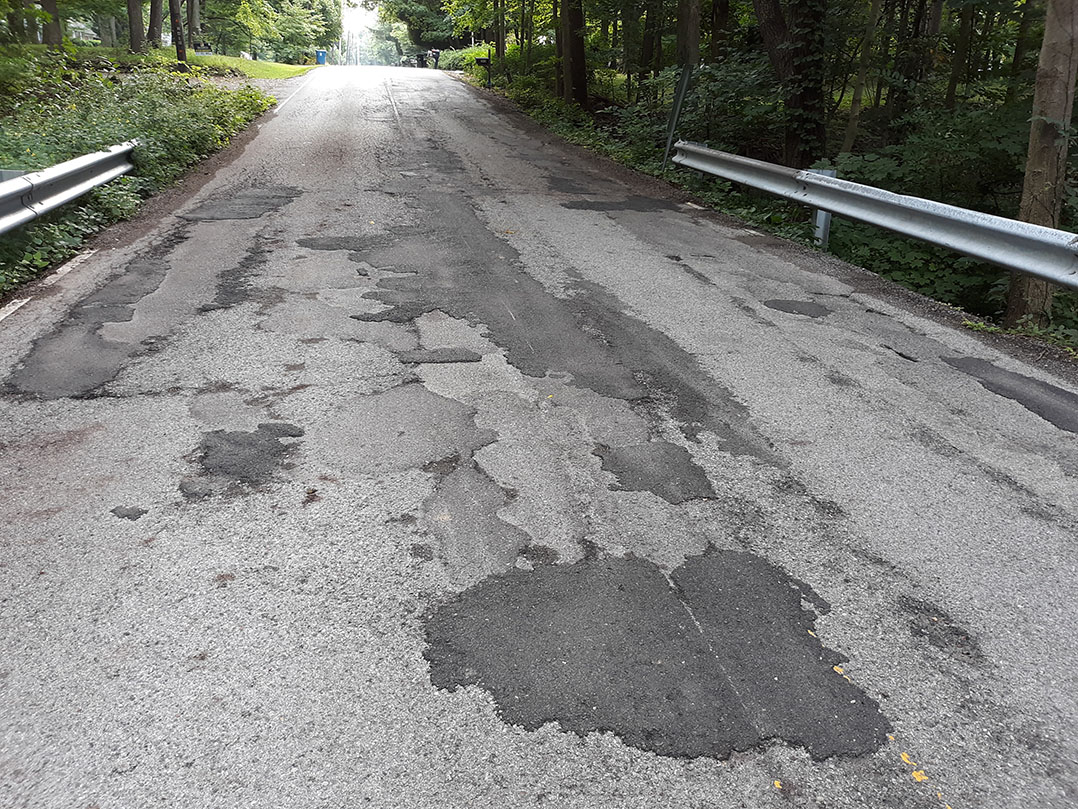Carmel Mayor Jim Brainard didn’t immediately respond to Indianapolis Mayor Joe Hogsett’s plan announced in May to increase funding for roads in Marion and surrounding counties. He wanted to take time to look at the details and determine how they could affect Carmel.
Turns out, he doesn’t support it at all.
Hogsett proposed that a portion of the future increase in income tax revenues be used to support transportation infrastructure in Marion and its surrounding eight counties. Distribution of the tax would be based on vehicle miles traveled, with Marion – which sees the most daily traffic – receiving an estimated $50 to $100 million per year to maintain roads.
Four of the counties are projected to receive back fewer funds than they contribute. Hamilton County is expected to provide 33 percent of the total funds but only receive 18 percent back.
“I don’t think it’s a good solution,” Brainard said. “We want equity and fairness in our tax systems. One of the things that was missed is that Carmel actually has more people coming into Carmel than leaving every day.”
Hogsett’s plan uses data from the Indiana Business Research Center that shows that 55,000 Hamilton County residents commute to Indianapolis for work, while only 15,000 make the reverse commute. However, according to 2017 data from the U.S. Census Bureau, Carmel has 26,495 more people traveling to the city from other areas to work than those who live in Carmel and work elsewhere.
Brainard called the plan a “bailout” and said it doesn’t address what he believes to be some of the root causes of deteriorating roads in Indianapolis. He said Indianapolis has neglected to properly maintain its roads for years, forcing it to use cheap fixes that will have to be redone frequently rather than investing in necessary maintenance that will extend the life of the road and save money in the long run.
He said that a better solution to the problem would be for the state legislature to allocate additional funds to Indianapolis — which is home to several non-taxpaying entities used by the entire region, such as universities and hospitals – after receiving assurances that repairs be done properly and not be “short-term patches.”
“If they don’t do that, they’ll never get ahead of this problem,” Brainard said. “It’s going to be a 30- to 40-year fix. It’s going to be a several billion dollar fix, so we need to see a plan where they fix it properly.”
Brainard said Indianapolis officials also should consider revising zoning laws to address the issue.
“(Indianapolis) has allowed so much sprawl that the tax revenue from the sprawling development does not even pay for the roads that serve that sprawl, let alone police and fire and social safety nets,” he said.
As an example, he pointed to IKEA and Top Golf in Fishers, two highly anticipated Hamilton County developments on 50 acres. According to tax documents, the assessed value of the two Fishers developments is only slightly higher than Carmel’s Sophia Square mixed-use development on 2.1 acres. Cities receive property taxes based on the assessed value of the land, meaning Carmel would receive 23 times more property tax dollars per acre than Fishers, assuming property tax rates and caps were the same.
“That type of sprawl is what Indianapolis has built throughout its suburban areas, which is about 95 percent of it,” Brainard said. “Until they start to do a fiscal analysis with their zoning decisions, they’re not going to have the money to keep up the roads that they need. It doesn’t make sense to bail them out until they fix that structural deficit in their budget because it’s going to be a constant bailout every few years.”
The Indianapolis Mayor’s Office did not respond to a request for comment.
The Greater Indianapolis Progress Committee, a nonpartisan organization devoted to addressing issues and opportunities in Indianapolis, is coordinating community engagement efforts to discuss regional infrastructure-funding solutions, including Hogsett’s plan. Executive Director Beth White said several proposals from various groups are under consideration.
“Mayor Hogsett knows that collaboration among the stakeholders will allow for the development of the best possible solution,” she said.
A GIPC planning committee has been meeting for approximately a year to learn about the problem and discuss it with other groups involved in the issue.
“Over the coming weeks and months, GIPC will deploy various techniques to educate the broader community about the issue and brainstorm possible solutions that will likely require continued collaboration with the region,” White said.



